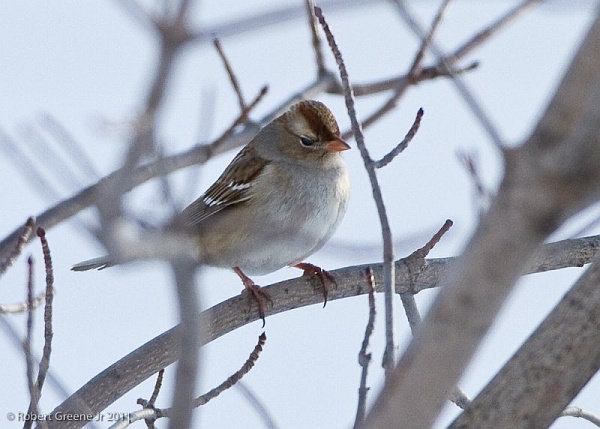
Quiz!
Here’s a sparrow that’s migrating through our area this month.
This one is tricky to identify. Can you tell what species this is?
Leave a comment with your answer.
(photo by Bobby Greene)

Quiz!
Here’s a sparrow that’s migrating through our area this month.
This one is tricky to identify. Can you tell what species this is?
Leave a comment with your answer.
(photo by Bobby Greene)
There’s a leopard in this tree.
Do you see it?
If you’re stumped here’s a digital closeup, but where is that in the tree?
.
I wouldn’t have been able to find the leopard without the annotated photo (see below).
I’m glad there are no leopards in Pennsylvania’s woods!
(photo taken in Tanzania by Nevit Dilmen via Wikimedia Commons. To find the leopard, click on the image and move your mouse over the original photo which has a yellow box around the leopard.)
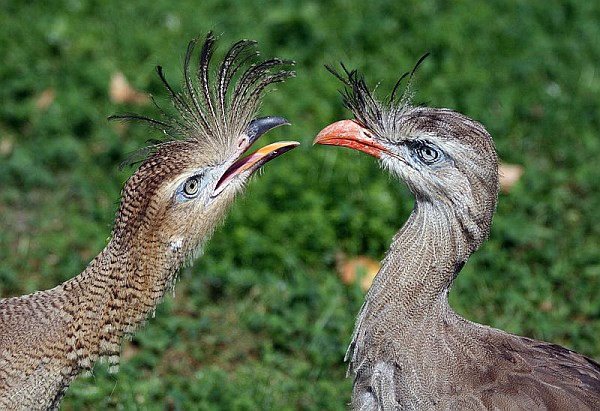
Today’s blog is a bit like the New Yorker Cartoon Caption Contest.
Here’s a picture. What’s the caption?
Leave a comment with your answer.
.
.
.
(photo by Manfred Werner from Wikimedia Commons where it was picture of the day on 11 October 2010. Click on the photo to see the original)
p.s. These are red-legged seriemas (Cariama cristata), young bird is on left, adult on right. Click here to learn more about them.
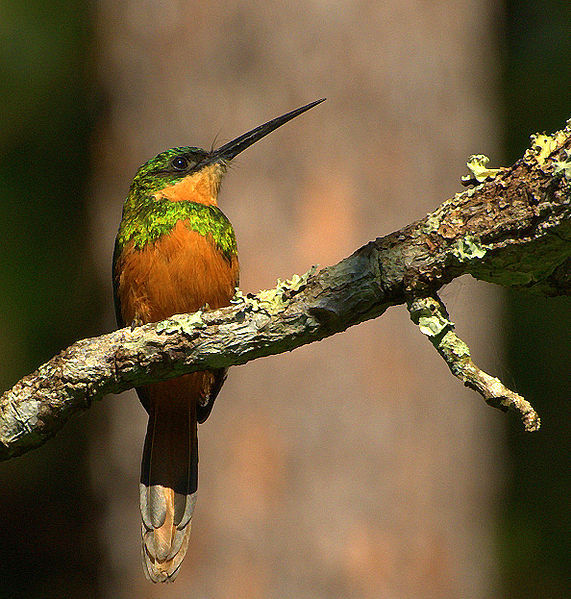
Today’s blog is an opportunity to improve your bird identification skills and it’s a challenge.
What bird is this?
To level the playing field, I’ve picked a bird I’ve never seen.
Let’s go through the normal identification clues in order of importance. These are the questions I ask myself when birding. Many of them will help here. (Yes, the order of the clues really matters.)
.
Here are the clues applied to the bird in this picture. In some cases I’ll tell you more than you could know from a random photo.
So…
This bird has a beak like a woodpecker (a distant relative) but its whiskers indicate it eats flying insects. Those who have seen this bird in the wild have called it “a glittering hummingbird the size of a starling.”
Ready for the answer? See the link in the photo credit.
(photo by Dario Sanches via Wikimedia Commons. Click on the photo to see the original. Click here for the answer to this quiz.)
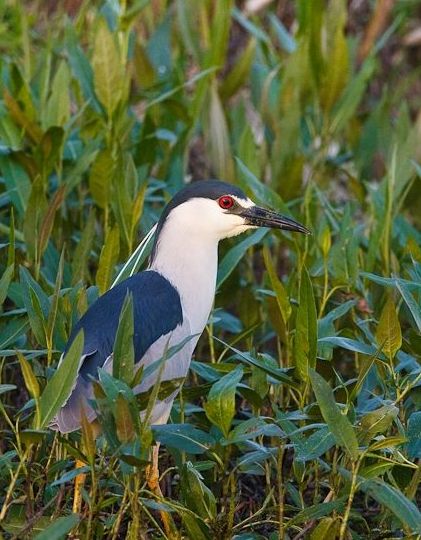
Black-crowned night-herons are usually active at night but they’re so busy during the breeding season you might find one awake when the light is good. Then you can see his colors.
Isn’t his red eye awesome!
Other birds have red eyes too. The red-eyed vireo is obvious — it’s in his name — but the rest require some research.
How many red-eyed birds can you name?
Leave a comment with your answer.
p.s. Here’s a question for the experts (I don’t know the answer): Why do they have red eyes?
(photo by Brian Herman)
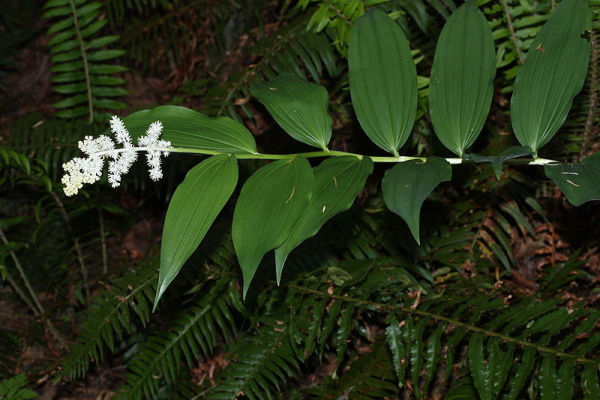
This week in Schenley Park, the hillsides are dotted with the white plumes of False Solomon’s Seal.
False Solomon’s Seal is a perennial plant in the Lily family that grows in moist woods and thickets. It goes by many names including Solomon’s plume, False Spikenard, Treacleberry, Maianthemum racemosum and Smilacina racemosa.
The plant sprouts every year from creeping rhizomes so you usually find its long slightly zigzag stems in sizable clumps. The leaves’ upper surface is parallel to the stem so the plants lean to one side. Interestingly, an entire clump tends to lean the same direction, all of them showing their leaves to the sun and their white flowers to pollinating bees and beetles. It looks like the whole clump is doing “The Wave.”
False Solomon’s Seal produces red berries in the fall that are eaten by birds and rodents. People sometimes use the plant as a laxative and deer browse it occasionally but it’s not one of their favorites. Perhaps the deer know about its laxative effects.
So this is False Solomon’s Seal, but what plant is “true”… and why? Leave a comment with your answer.
(photo from Wikipedia. Click on the photo to see the original)
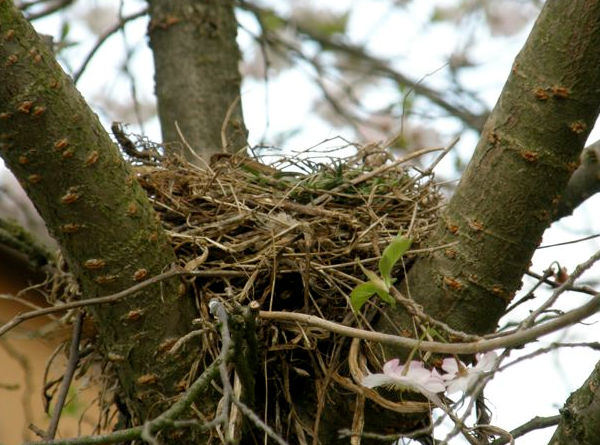
Here’s a nest that was under construction in Marcy’s cherry tree more than a week ago. By now it has eggs.
Can you tell whose nest this is? Here are some hints:
Whose nest is this? Leave a comment with your answer.
(photo by Marcy Cunkelman)
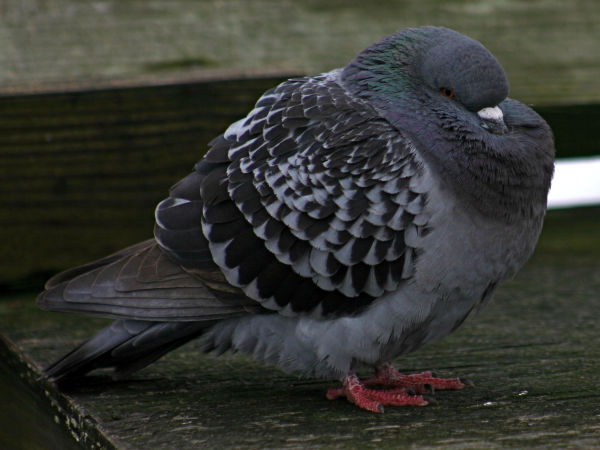
For April Fools’ Day I couldn’t resist a little quiz about the amazing talents of pigeons.
Are any of these statements true?
Want to hazard a guess? Leave a comment with your answer.
(photo by Chuck Tague)

And now for something completely different (not about peregrines).
I found this understory tree “blooming” in many places along the North Shore bike trail at Moraine State Park on Sunday. It drew my attention because of its long, yellow catkins.
Do you know what it is? Here are some hints:
Leave a comment with your answer.
(photo by Kate St. John)
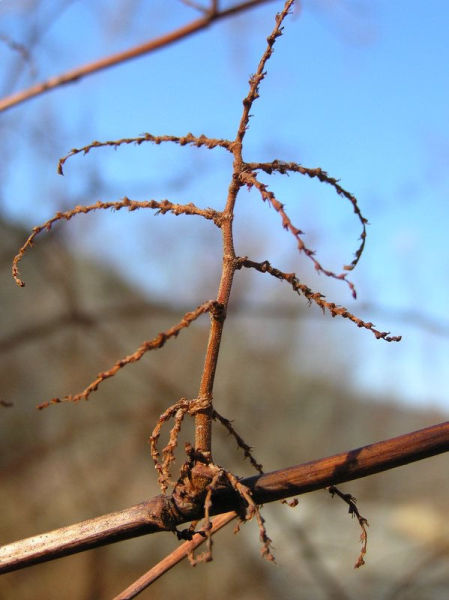
I can usually identify this plant in a heartbeat, but I was stumped when I saw this photograph. Maybe you will be too, so I’ve made it a quiz.
Here are some clues:
Do you know what it is? Leave a comment with your answer.
(photo by Dianne Machesney)